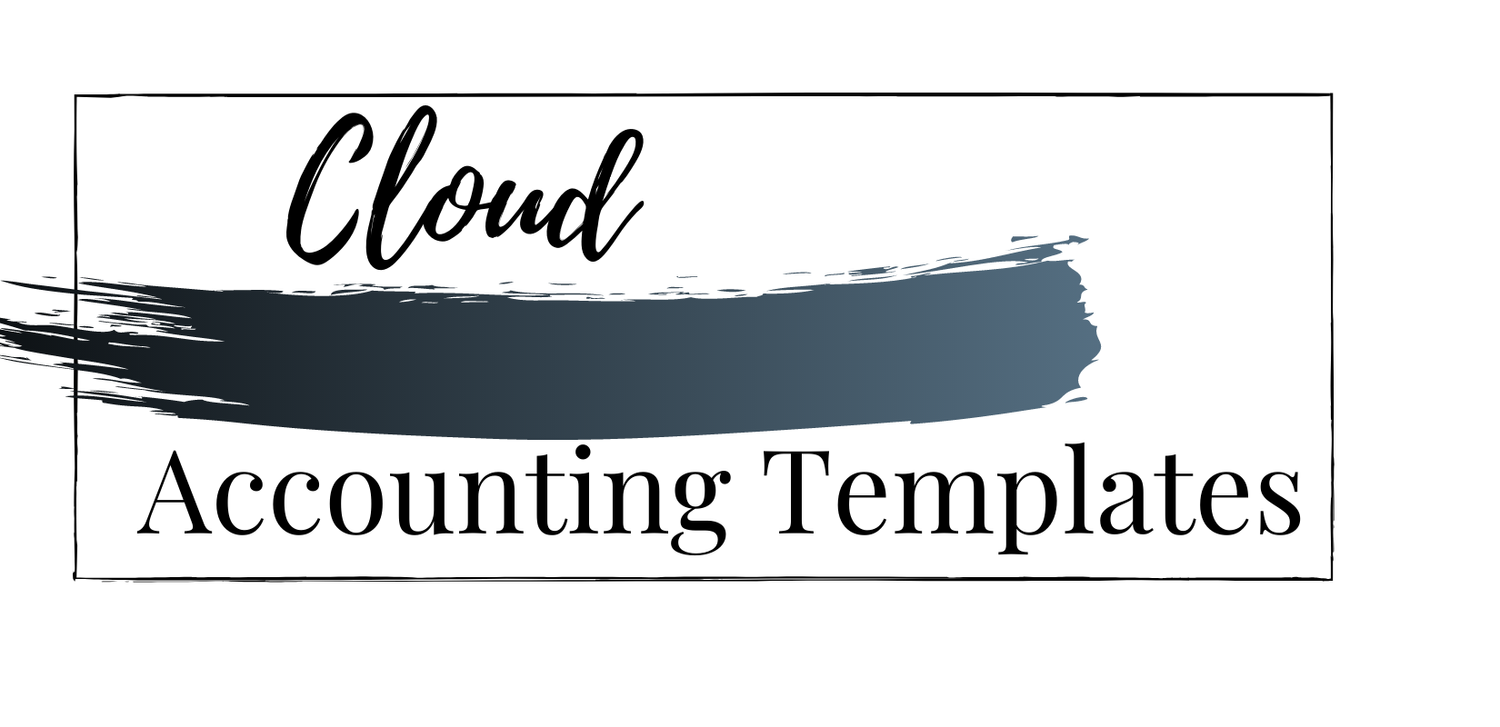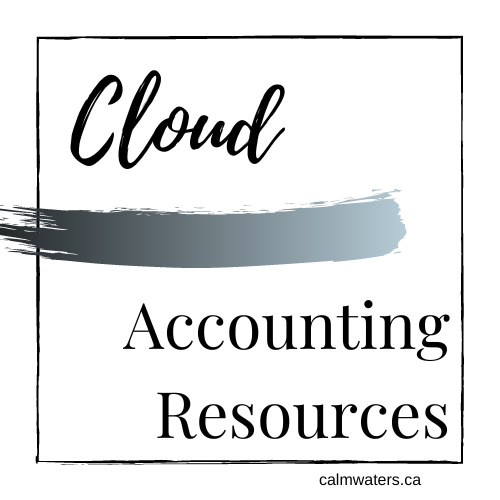Consistency Is Critical For Communications, Processes And Documentation
I made a playlist for hiking; it has music from Peanuts, The Cranberries, and Eminem.
I call it my Trail Mix.
My husband, Jeff Parks, crafts the most awesome playlists. We live a fun little cabin life filled with family and friends, and music. Lots of music. Our 1,200 sqft home has 17 connected Sonos devices, and almost always, one of Jeff’s playlists is running. People love his playlists and are constantly asking him to share them, which is easy to do from one Spotify account to another.
Unless you don’t have a consistent naming pattern - naming convention - for your lists.
Currently, Jeff’s playlists could be named in any combination of the following:
Starts with genre or style
Ends with genre or style
Starts with Parksy’s
Ends with Parksy
Starts with Parksies
Ends with Parksie
So, for example - and the thing is he doesn’t really know - his Spotify playlist could be “Live with Parksy”, “Parksie’s Live”, or any version of the above. So they are hard for us to find unless we have favourited and downloaded them. And they are darn near impossible for our friends to find and add to their libraries.
The same system (or lack of) exists with how he communicates with our dogs. He has at least a dozen nicknames* for each and almost never uses a single command word, like come or stay. So, although dogs usually respond better to a male voice, ours actually do what I command much better than what Jeff commands. Because they know exactly what I am asking of them.
To be fair - Jeff is much more charming and fun than I am. Much more. He takes better care than I ever could of all our needs; grocery shopping, making plans and ensuring our beverage vessels are always full! He amuses our family, friends and myself way funner than I ever could, and part of that charm is his laisse-faire approach to naming things. And he has a way cooler job, not that accounting isn’t cool…
But, you certainly can’t run a business efficiently without naming and numbering conventions!
Your clients and team will be confused about what you expect of them
You will waste time entering transactions - is it automobile or vehicle, gas or fuel?
You will make mistakes in posting
You will unnecessarily duplicate accounts, vendors, and customers
Lists, in general, get bloated and messy if you don’t have naming conventions for them
A prime example for us accounting folks is that your YE adjusting entries may not be seamless to enter if you don’t have a standard numbering & naming system for your COA.
Use naming conventions!
And for darn diddly-on sake - template your communications for consistency!
We use naming conventions for many, many aspects of running our business, Calmwaters Cloud Accounting**
Project identification, task templates, email templates, collateral material…
We use Financial Cents to manage our client work.
Template names look like this: Onboarding = ONBD’G, Bookkeeping = BKP’G, Year-End = YE
Then we break it down further: "ONBD’G - Prospect Q & E so that the prospect questionnaire goes out with the correct email, BKP’G - Monthly with HST, No Payroll or BKP’G - Client Name
Numbering and naming conventions are a part of our accounting files as well
Using standard names for our QBO lists - Vendors, Customers, Accounts, Products & Services - cuts down on the number of vendors you need, consolidates the data and keeps the lists tight
We have standards for vendor names when many vendors are used for the same account where we don’t need to deeply track expenses by the vendor - Gas Vendor, Travel Accommodation, Travel Airline, Travel Restaurant, Local Restaurant…
If you want the actual name of the vendor, the bank feed pulls it or drop it in the memo line when publishing and then filter reports to include the memo line
If clients don’t need to track or report on individual customer data in QBO (IE: retail & e-commerce), we use standard names that suit the individual client
This could be by geographical location (compliance with sales tax), revenue stream, product & service, source of sale…
We have standards for naming in our Chart of Accounts
Bank account are numbered but the naming is super tight as well
Institution, type, currency, last four digits
CIBC Chequing Cnd 7523, TD VISA 9723
Bank Charges for the header account (the word Charges and a header number convention are key to knowing not to post there), and then the subs are Bank Fees, Merchant Fees, and PayPal Fees… (the word Fees being key to identifying that those are the subs)
Gas is for vehicles (always vehicles - not automobile interchanged with vehicle), Fuel is for equipment, Gratuity rather than Tip, Gift Cards, not Gift Certificates…
We have a standard COA numbering system
We love numbering in the Chart of Accounts so it lines up in the order we want it to, and the subs are organized properly (QBO, you have to turn numbering on - it's off by default)
We have a standard monthly closing password across our clients
Custom reports in QBO are all named as “Previous” Month, Quarter, Year… not “Last, not “Prior” or a random combination
The groups are numbered as well, to fall into the order we want to view them.
Did you know the drop-down arrow next to “Edit” allows you to export a single PDF of all the reports?
Super neat, tidy & efficient!
Of note - and this is important - our systems are tight, but sometimes we slip up having all our naming/numbering conventions set up perfectly in every file.
There will always be outliers in your systems. I want to be clear that we are human, and not everything we have in place is implemented perfectly. Maybe the QBO file came to us to remediate, we needed permission to change the naming convention and then slipped up getting it completed, or a client changed them...
But we are close. And we are close because we have defined the outcomes for our systems, and we have systems documented.
Not to miss out on ChatGPT fun, here is a quote generated from it about why naming conventions are critical.
Naming conventions are critical for communications, processes, and documentation because they provide a standardized way of referring to specific entities or concepts. This makes it easier for individuals to understand and communicate with one another, particularly in contexts with multiple stakeholders or where there is a need for precision and clarity.
Would you like help to implement best practices like this in your firm? How about technology advice and implementation?
I love working with accounting professionals on this very thing!
Featured Template
~~~
Featured Template ~~~
All of my template workflows include details like this, and my workflows include best practices and communications along with the task lists.
15% off discount code: BLOG
Creating standardized bookkeeping workflows will have a huge impact on your client relationships and your firm's success. Save time, increase quality & consistency, improve the client experience, reduce scope creep, and so much more!
Without a clear and practical workflow, our work product is inconsistent, we miss deadlines, and we waste a ton of precious time.
It takes immense energy and time for you to get the processes & systems mapped out tightly.
Luckily for you, we’ve already done all the leg work! Created by accounting professionals, these templates will transform your bookkeeping process.
These spreadsheet templates are self-contained bookkeeping communications and workflows for your business. Never miss a step or a deadline again.
What You Get:
Workflows included: Full Cycle Bookkeeping, Cash Coding, and Combined Firm/Client & Rescue File Systems
Email templates
Contracts (need to be legally vetted for your region)
Best Practice Notes
Checklists of tasks & to-dos
This workflow is fully comprehensive - every detail to create consistent, compliant and real-time financials is in these workflows!
Join Me Here
Realize Meetup - Courtship, Engagement & Marriage - The truth comes out.
Thursday, April 20, 2023
1:00 PM 2:00 PM ET
This month we are finding out their true story.
The hows and whys of a great file review.
Join me for a monthly masterclass on the lifecycle of a client engagement. From discovery & booking, clear through to re-engagement (and dis-engagement), learn what dating a client looks like in 2023 in a series I’ve developed just for Realize.
Throughout the masterclass series, we will cover crafting your ideal client profile, the discovery process, file review & quoting, information gathering, contracting, tech implementation and education.
This is a Realize Community event series. You must be a member to participate.
I highly recommend you join Jason Staats's amazing group - you will love it there!
Simply yours, Kellie :-}
::Shameless Call To Action::
I sell bookkeeping templates, standard operating process handbooks and client guides.
*He also has nicknames for all the humans in his life - it’s super endearing :-}
** No judging, I’m working on a new website now







